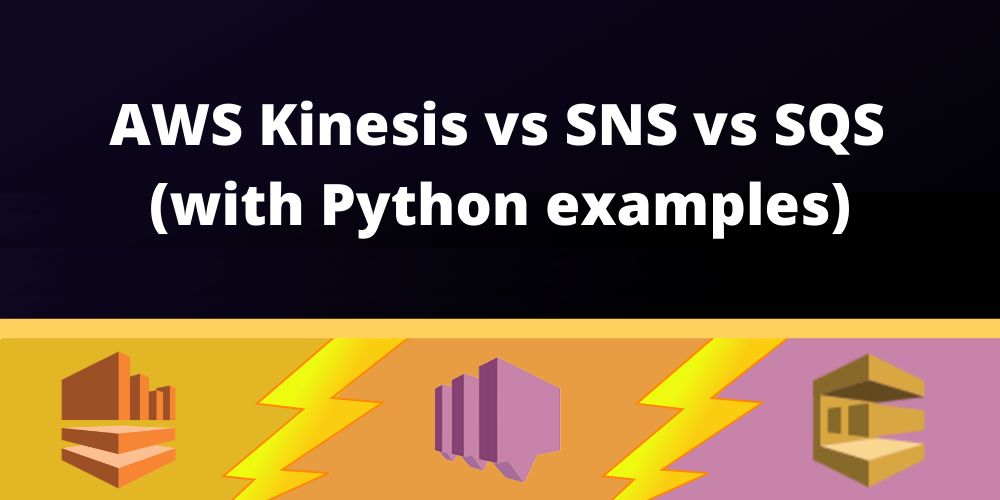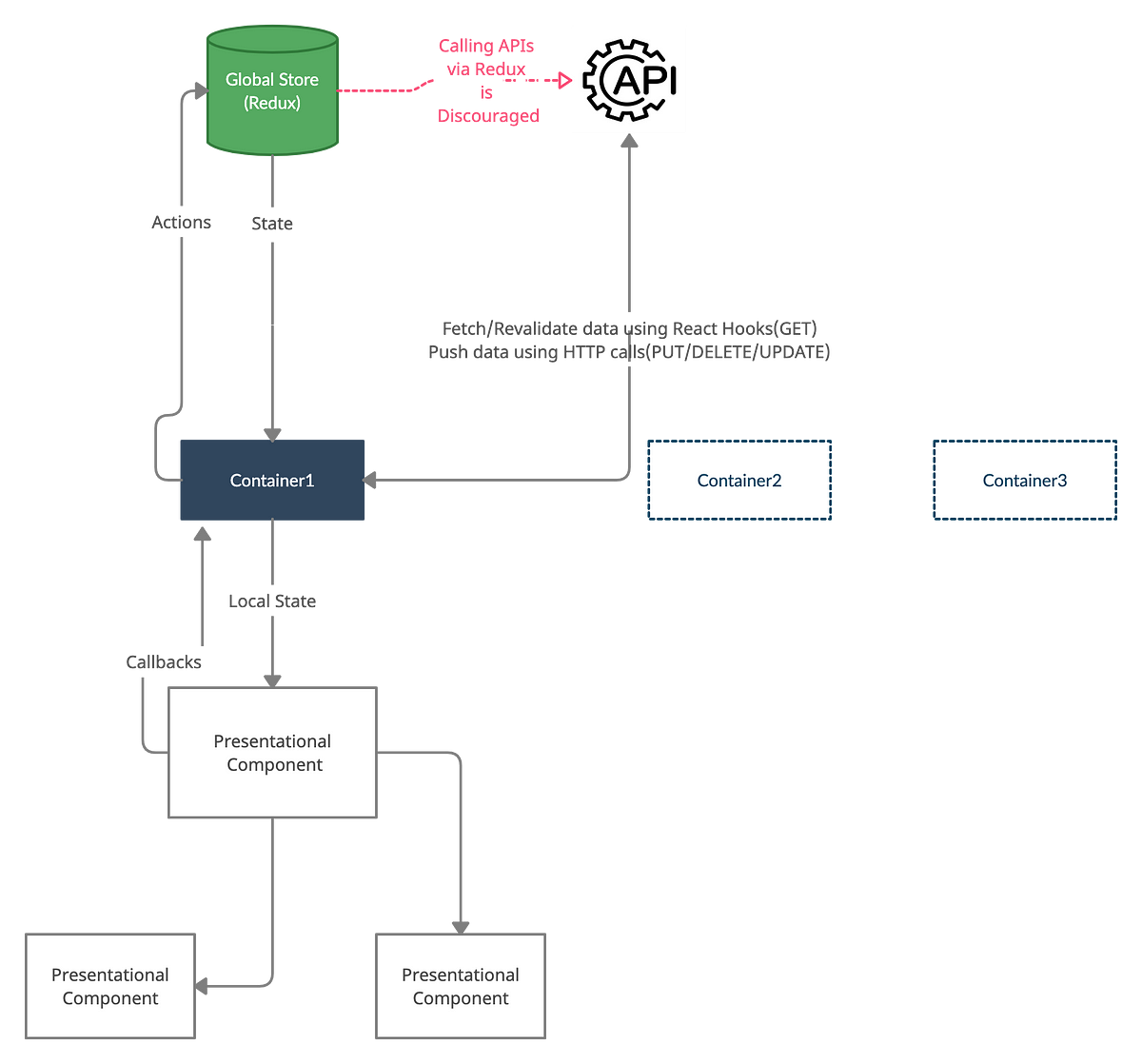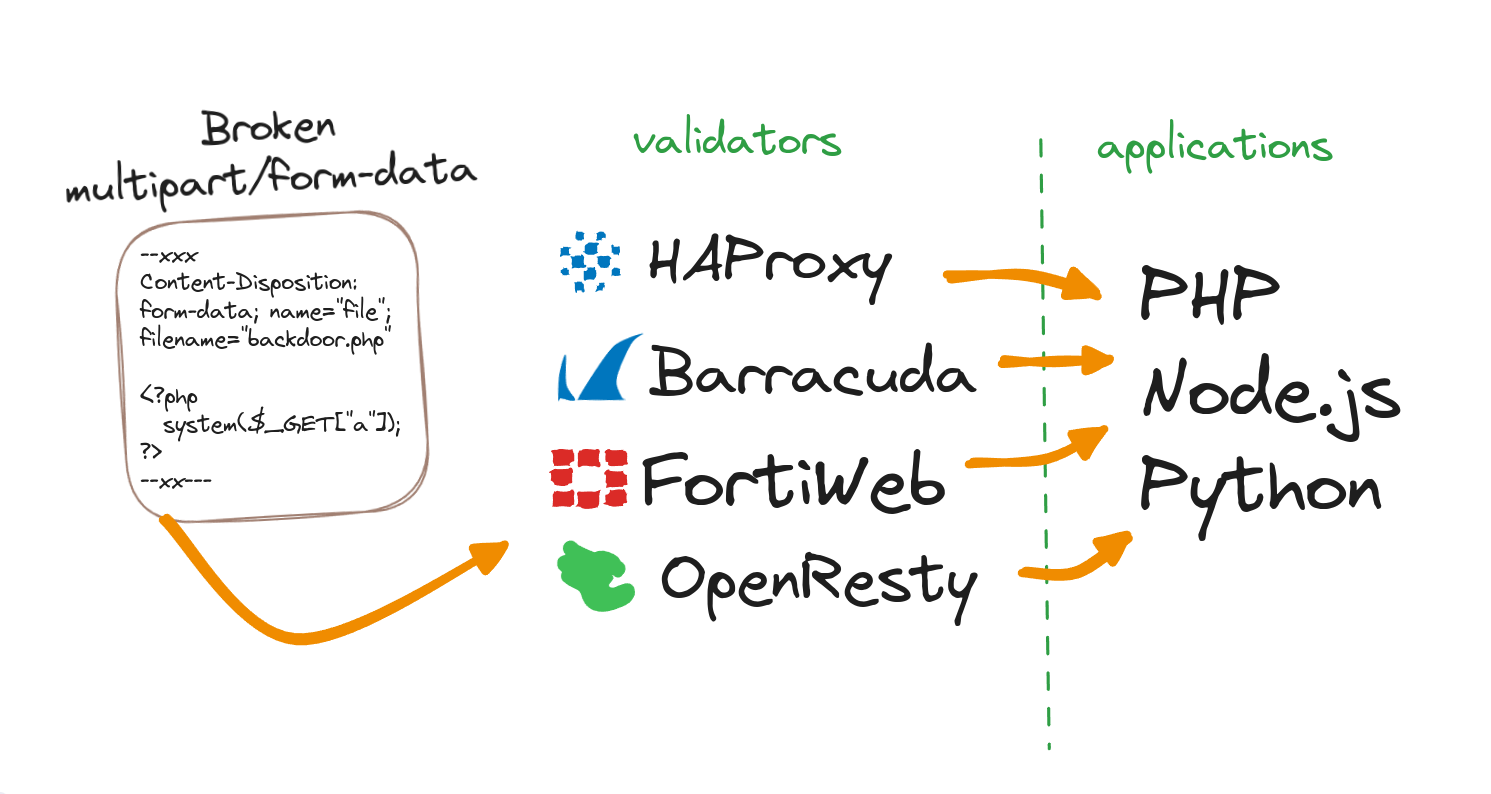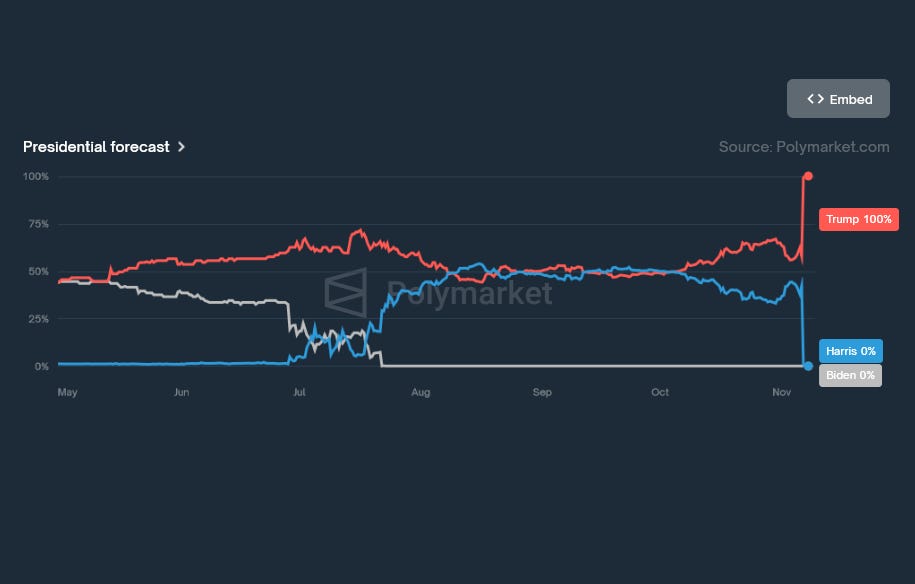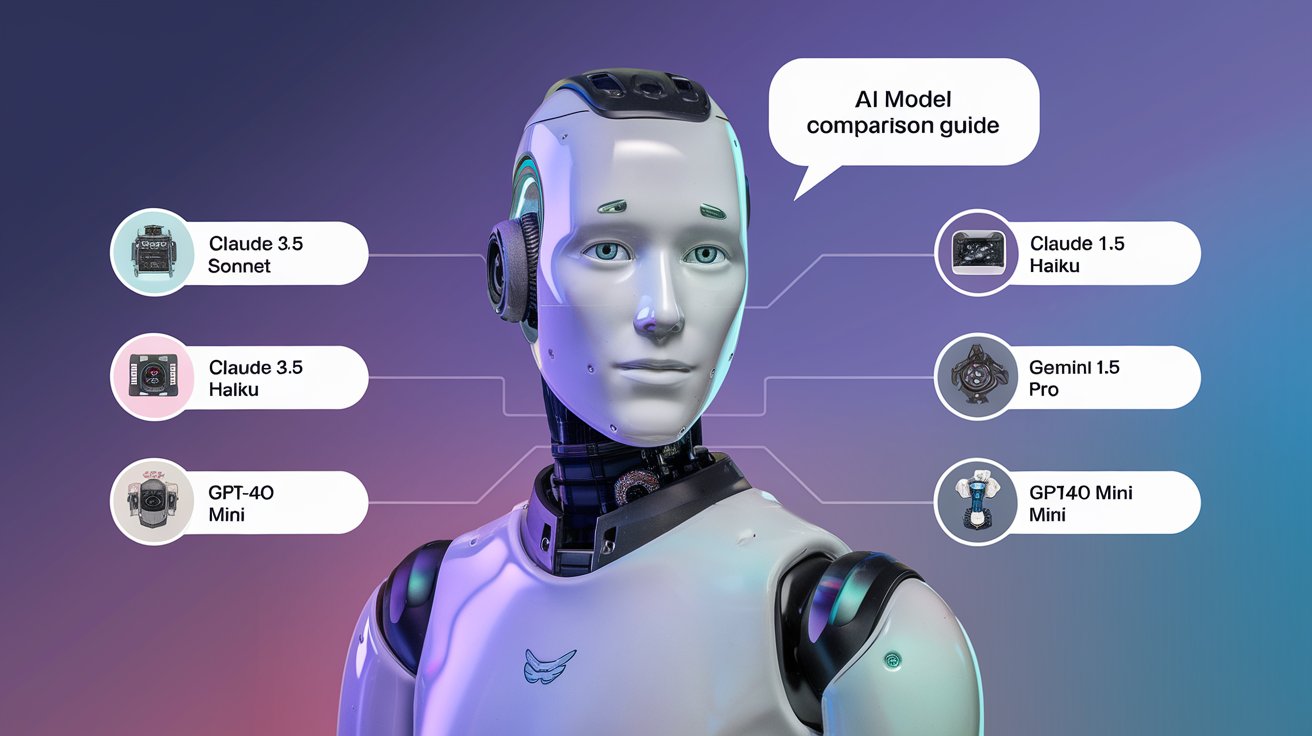
2NF: The Missing Use Case
The previous post of “5NF: The Missing Use Case” was the first of four explaining why I gave up looking for a good data modelling book by the end of the 1980s. In this second post, I discuss what I saw as a gap in the Second Normal Form (2NF) discussion. Filling this gap helps us to appreciate how generally applicable, and consistent, Normalization is.
With EmployeeName having only the Employee# dependency while, per the definition, the Salary is also a function of SalaryDate, the following puts our data into Second Normal Form (2NF):
Part# clearly has no relationship to any of the other items (highlighted by the shaded box around it in the following with no association lines in or out of that shading):
Because it highlights the generality of Normalization: we can start with all identified, and documented, data items (what I call Zero Normal Form, or 0NF) in one, big tuple. And Normalization, alone, will decompose the data items into their component groupings.
Drawing the (assumed) dependencies clearly shows the lack of connection between the Employee- and (shaded) Part-related data items:





